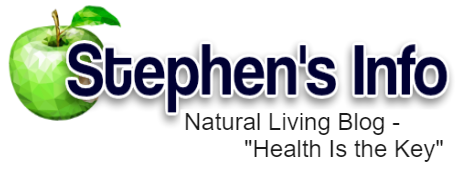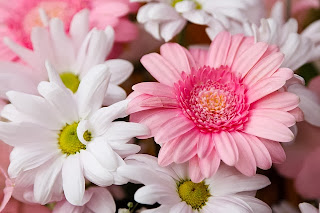
What we use in our yards around our homes can directly affect the amazing pollinators such as bees, butterflies, and lady bugs. Look up natural ways to get rid of the pests that may eat our plants or are a nuisance without harming the creatures that help to proliferate the plants we need for food. Without them, our food supply will dwindle drastically, and those pollinating insects are being threatened to the point of extinction if we don’t stop what we are presently doing as a populace.
What we use indoors to get rid of pests is important to the health of our families. When purchasing cleaners, read your labels. You can purchase natural cleaners from various sources on-line. You can, also, use vinegar, lemon juice, or baking soda for cleaning. They work!
The following are plants that can be placed around your home that will absorb many of the chemicals found in the home from formaldehyde, to xylene, carbon monoxide, and benzene.
Palms: especially Areca,
Bamboo and Dwarf Date Palms
Ferns: especially the Boston Fern
English Ivy
Peace lily
Mums-daisies-Gerbera daisies
Spider plants
Pothos
Dracaenas
Protect your environment from unnecessary chemicals. And, it is vitally important to use these plants if you should live in a new home or manufactured home. The glues, new carpet, carpet padding, paneling, etc., may cause you irritations, allergies, and so on. The chemicals inherent in these items will take a while to disperse. It is wise to take precautions, and the plants will make your new home look beautiful at the same time.:)
Foods with the most pesticides. Buy organic if at all possible:
Apples
Celery
Sweet Bell Peppers
Peaches
Strawberries
Imported Nectarines
Grapes
Spinach
Lettuce
Cucumbers
Domestic Blueberries
Potatoes
And especially…
Green Beans and Kale.
Grow your own food. Today it is so easy for almost anyone no matter their age or where they live to do nearly everywhere!
Here are some suggestions:
Have Non-GMO Seeds on Hand to Plant
The banner directly below directs you to great seeds and kits for
growing microgreens-healthiest food on earth.
One more fruit to discuss and that I will add here are Bananas (the skin). Don’t let your little ones peel their own banana. Peel it for them, wash your hands, and then give them the banana. The skin has toxic sprays on them that you don’t want them or you to ingest.
Peel and freeze bananas whole on a cookie sheet or wrap in saran wrap. Bananas make great, natural popsicles. Or, freeze them in slices, and then blend in your bullet or blender with some yogurt or coconut milk and honey. Add other natural ingredients like frozen pineapple, mango, or/and dates for some great, all-natural ice cream, or add some fresh, organic spinach for smoothies your family will love!
Produce-Lowest in Pesticides in order (Make sure that they are not GMO-Corn is generally GMO):
Onions
Sweet Corn
Pineapples
Avocado
Cabbage
Sweet Peas
Asparagus
Mangoes
Eggplant
Kiwi
Domestic Cantaloupe
Sweet Potatoes
Grapefruit
Watermelon
Mushrooms
Resources:
http://www.panna.org/issues/pesticides-101-primer
 

